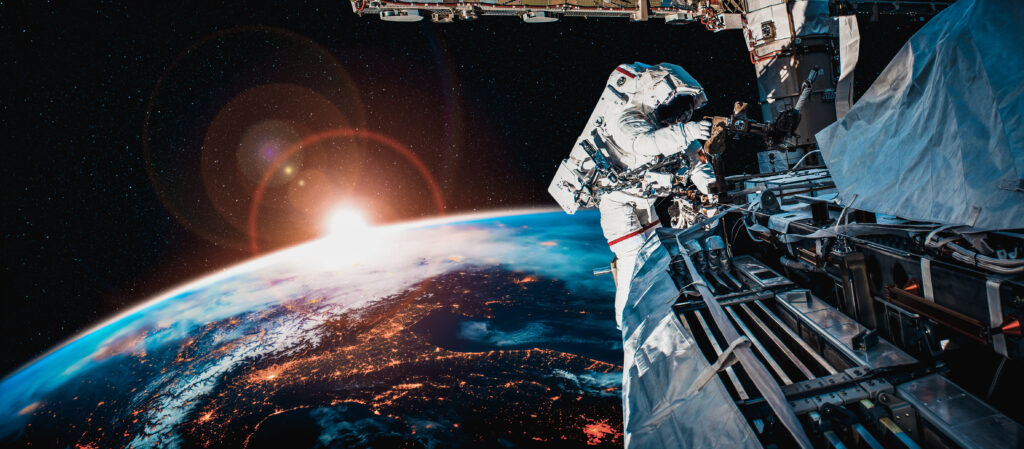With the recent release of Don’t Look Up, more people than usual might be interested in the International Day of Astronomy. Surprisingly, this observance actually occurs twice a year: once in the fall and once in the spring. As today, May 7th, 2022, coincides with the spring observance, we will take the opportunity to explore a topic that will become more and more important as the years progress: the role of space technology in analyzing and predicting the effects of climate change.
In 1938, before space technology existed and at a time when even airplanes were still rather new, a little-known scientist named Guy Callendar collected data from 147 weather stations across the globe. When he analyzed the data, he found something astounding; over the past 50 years, global temperatures had risen by 0.3°C. He called this the “Callendar effect.” People did not believe him at the time or for several more decades. Unfortunately, he died in 1964, before research on global warming began to receive funding and support. Ironically, he viewed global warming in a positive light, thinking that an extra degree or two would help crops grow at higher latitudes and prevent glaciers from returning as part of another Ice Age.

A few years before Callendar’s death, NASA launched its first weather satellite, TIROS, in 1960. Since then, humankind has been breaking down aerial views of Planet Earth to identify trends in weather systems, climate zones, glacial melt, and more. In 1988, with more technology to back him up than Guy Callendar, James E. Hansen, a NASA astronaut, and scientist, testified before the U.S. Senate that climate change had become very real. It was about that time that we really became serious about the issue.
But space technology does more than prove climate change exists. It also helps us make decisions that will ameliorate our mistakes. For example, positioning, navigation, and timing (PNT) technology can help on-the-ground operations run more efficiently by providing them with statistics on emissions rates and optimal routes. Other research devices in space help gather data on the ozone, forest fires, and agriculture, showing us trends and allowing us to run experiments that discover what works and what doesn’t work in our fight against climate change.

Outer space holds many possibilities, and you don’t have to be an astronaut to appreciate them. Try imagining a life in which you couldn’t pull up the weather forecast on your phone or computer – or even watch it broadcast on the evening news! Now take that small convenience and multiply it by a million – that is how useful space technology is for climate change scientists who do their jobs properly. So thank you to all the inventors and engineers who have contributed to this field; whether we recognize it enough or not, you are shaping our future!
 Food
Food Farmers
Farmers Sustainable Living
Sustainable Living Living Planet
Living Planet News
News